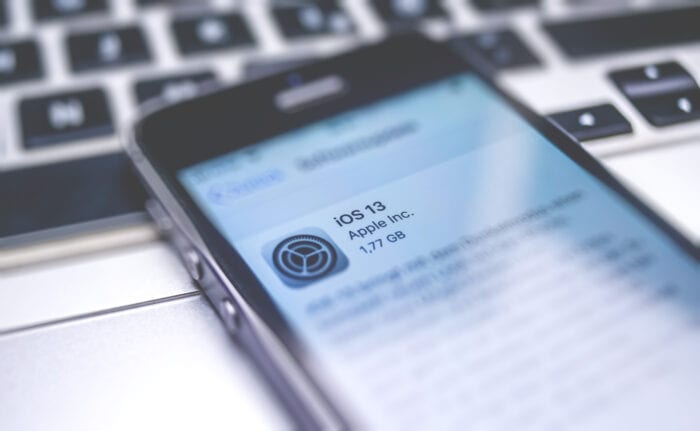Here’s How To Check If Your iPhone Is Tracking People Around You That May Be Infected with Coronavirus
I am not sure whether to like or hate this feature right now. One one hand, it is good to know. On the other, it can be seen as an invasion of privacy.

Apple Is Tracking People Exposed to the Coronavirus. Yes, they are using YOUR phone to track people who may have been exposed to COVID-19 aka the Coronavirus.

Now, you should know that this featured rolled out in Apple’s iOS 13.5 software update which was released on May 20. So, if you don’t do automatic updates, you may need to update your phone before proceeding.

So, once your phone’s software is updated, here is how it works.
First, go into your “Settings” then click “Privacy”.

Next, click “Health” and you’ll see a subheading that says “COVID-19 Exposure Logging”.

On this screen, you can toggle the setting to on or off (depending on if you want to use it or not).
You will also notice that since it has been off by default, you won’t see anything under “exposure checks”.

How does it work if it is on?
According to Apple, you can’t turn on Exposure Logging without an authorized app that can send exposure notifications. That app will likely have to be from local, state or federal health authorities.
“Once enabled, users’ devices will regularly send out a beacon via Bluetooth that includes a random Bluetooth identifier — basically, a string of random numbers that aren’t tied to a user’s identity and change every 10-20 minutes for additional protection. Other phones will be listening for these beacons and broadcasting theirs as well. When each phone receives another beacon, it will record and securely store that beacon on the device. At least once per day, the system will download a list of the keys for the beacons that have been verified as belonging to people confirmed as positive for COVID-19. Each device will check the list of beacons it has recorded against the list downloaded from the server. If there is a match between the beacons stored on the device and the positive diagnosis list, the user may be notified and advised on steps to take next,”
Apple

If all of that sounds confusing, it is because it sort of is. The image above shows it a little more clearer on how it all works.
The apps you will need to download in order to get it to work, can be found in the Apple store or the Google Play store (if you have a phone with Google software).

You can read a lot more about this app, what it does and how to get it to work, on the Apple website here.





